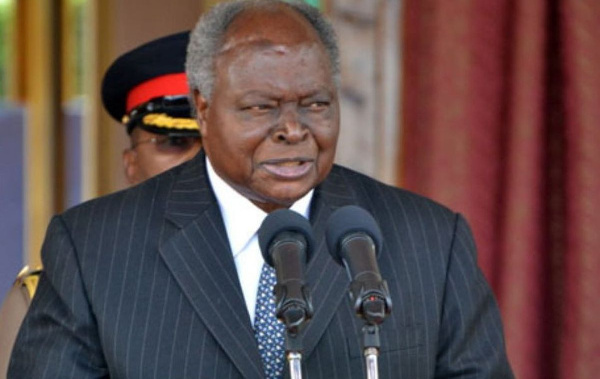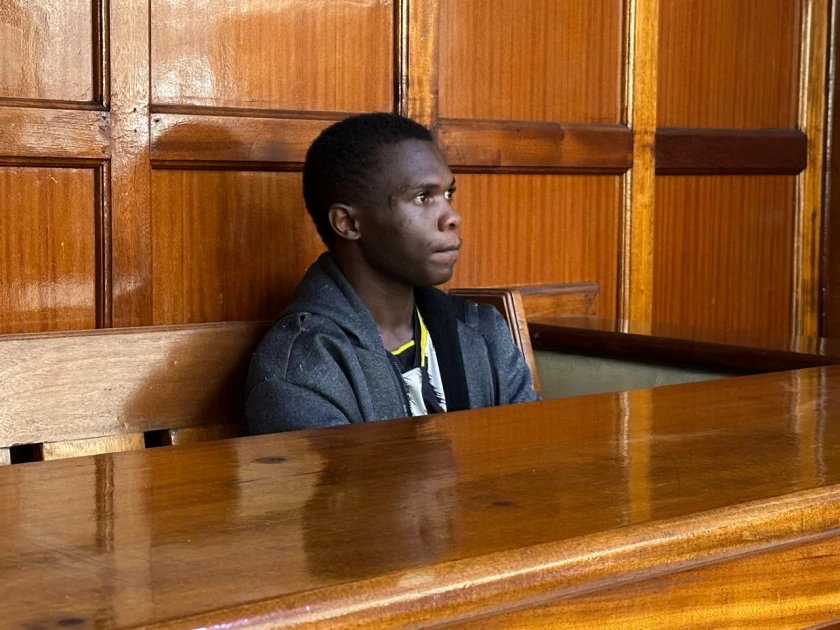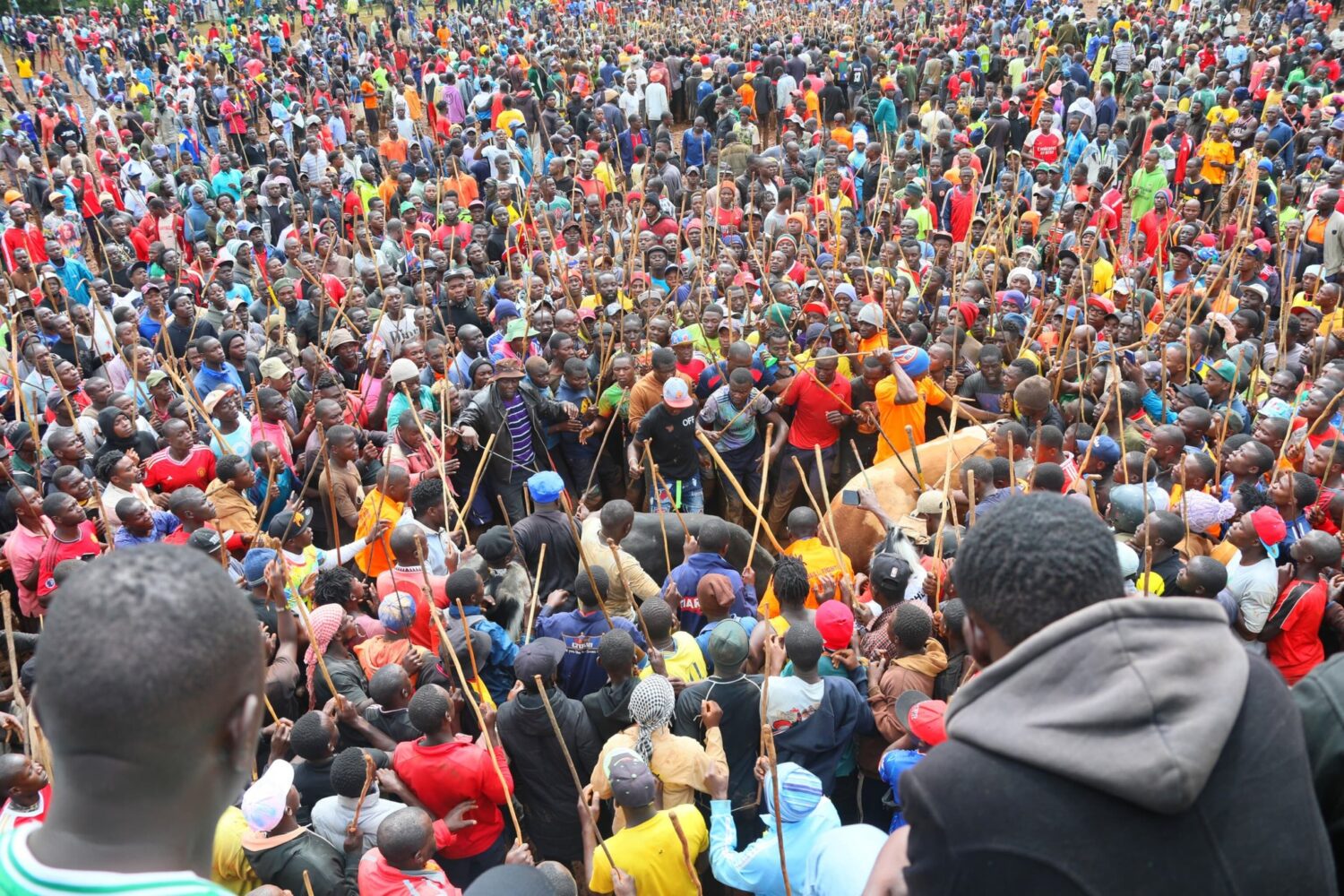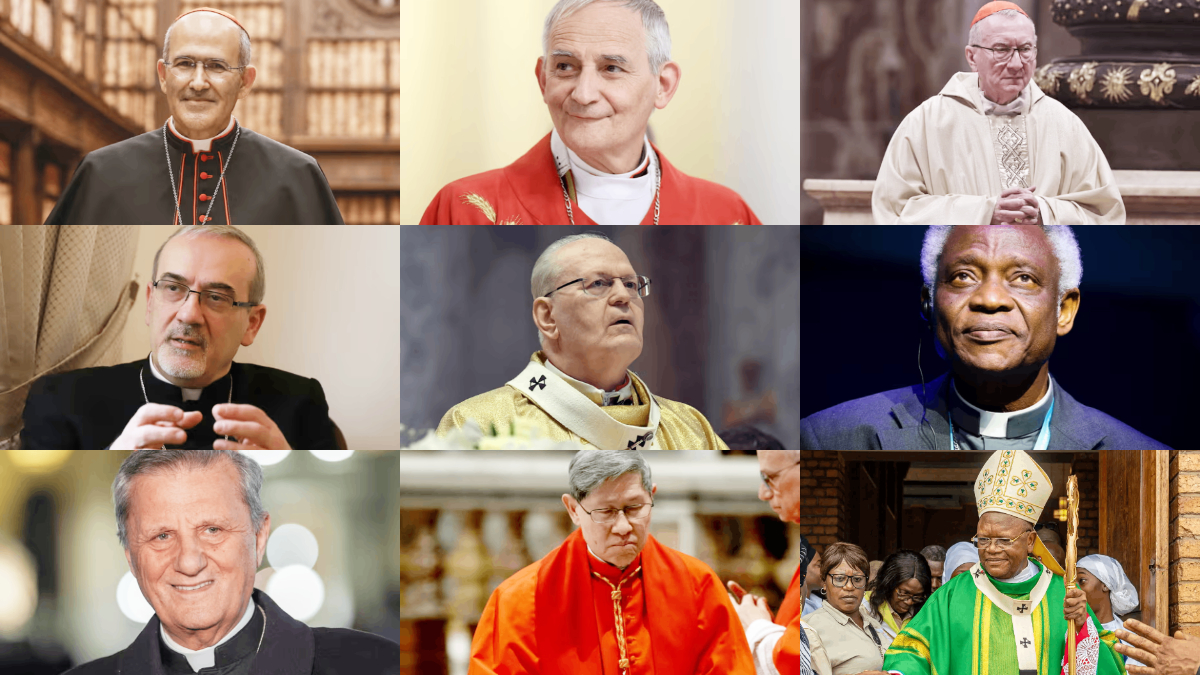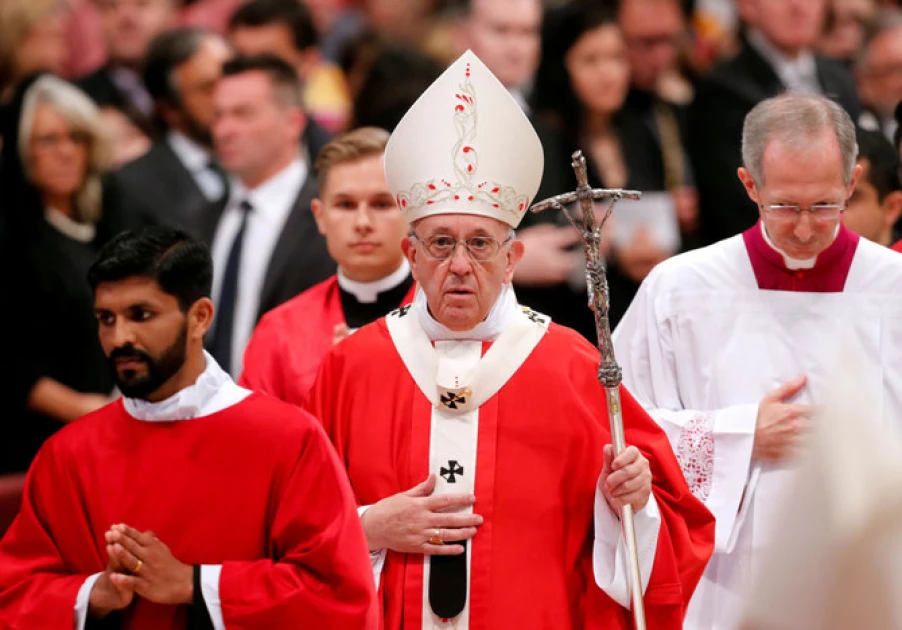President William Ruto on Thursday, July 11 dismissed all his Cabinet Secretaries (CSs) and Attorney General with immediate effect.
In an address to the nation from State House, Nairobi, President Ruto spared only his deputy Rigathi Gachagua and Prime CS Musalia Mudavadi.
The president’s drastic move comes amid public pressure from Kenyans who thought that a majority of Kenya Kwanza Government CSs were incompetent while others orchestrated wanton corruption.
The Kenya Kwanza administration insisted that they inherited empty public coffers when they came to power in September 2022, urging Kenyans to tighten their belts. But Kenyans did not find it amusing that the government was introducing new taxes yet state officials displayed ‘obnoxious opulence’, wearing extremely expensive wears and donating huge sums of money in public harambees.
All these culminated to a nationwide anti-government protests organised by young Kenyans who demanded wholesome changes in the government, including the rejection of the contentious Finance Bill 2024.
On June 25, 2024, protesters stormed Parliament buildings and destroyed property while setting ablaze a section of it, something that forced President Ruto to deploy Kenya Defence Forces (KDF) officers to quell the protests.
Kibaki dissolves entire Cabinet
Yet this is not the first time in Kenya a President is sacking his entire Cabinet.
On 23rd November 2005, then-President Mwai Kibaki sacked his entire Cabinet, two days after the draft constitution he strongly supported was rejected in a national referendum. And just like Ruto, Kibaki spared Vice President Moody Awori.
The “Yes” and “No” referendum had split Kibaki’s administration into two, with seven members of his Cabinet — led by Roads, Public Works and Housing Minister Raila Odinga — spearheading the “No” campaigns.
At some point, the referendum campaigns — which had assumed the symbols Banana (Yes) and Orange (No) — were so vicious that nine people died over the period.
However, when the results came on the D-Day (November 21), the Orange team had prevailed, garnering 58.12% (3,579,241) of the total votes cast. President Kibaki’s Banana had garnered 41.88% (2,578,831).
“Following the results of the referendum, it has become necessary for me, as the President of the Republic, to re-organize my Government to make it more cohesive and better able to serve the people of Kenya,” Kibaki said in a statement broadcasted on radio and television.
“Accordingly, in accordance with the powers conferred upon me under the Constitution of Kenya, I have directed that the offices of all Ministers and all Assistant Ministers become vacant. Consequently, the occupants of the said offices cease to hold their respective offices with immediate effect,” he said.
Kibaki would go on to appoint new persons in the Cabinet, with some appointees turning down the offer. On December 9, 2005, Kibaki swore in the new Cabinet, made up of his close political allies.


